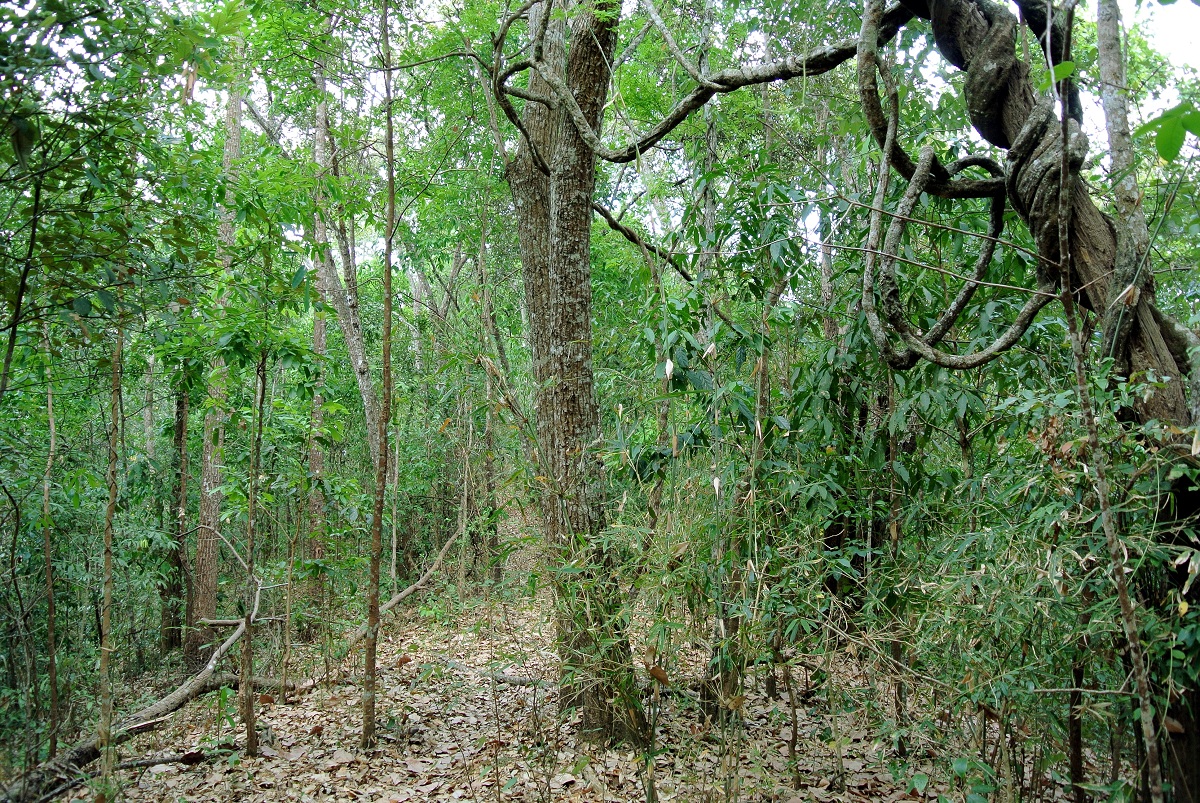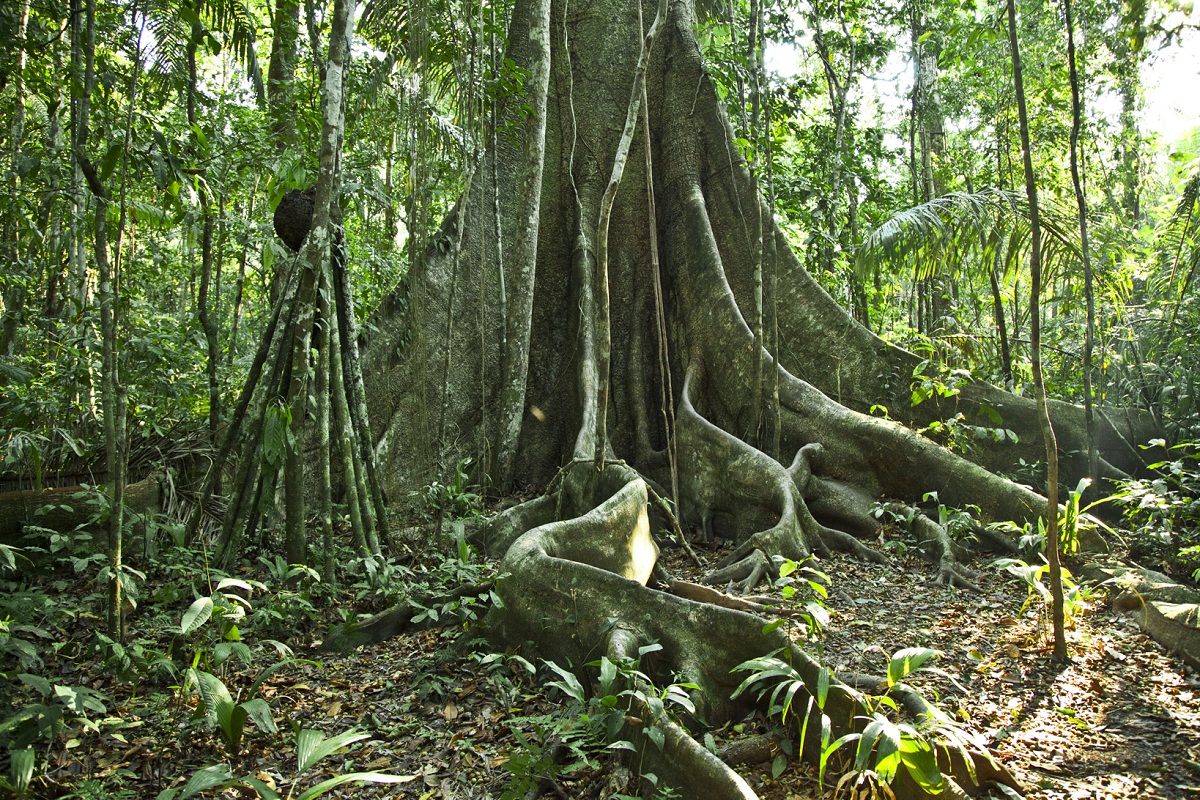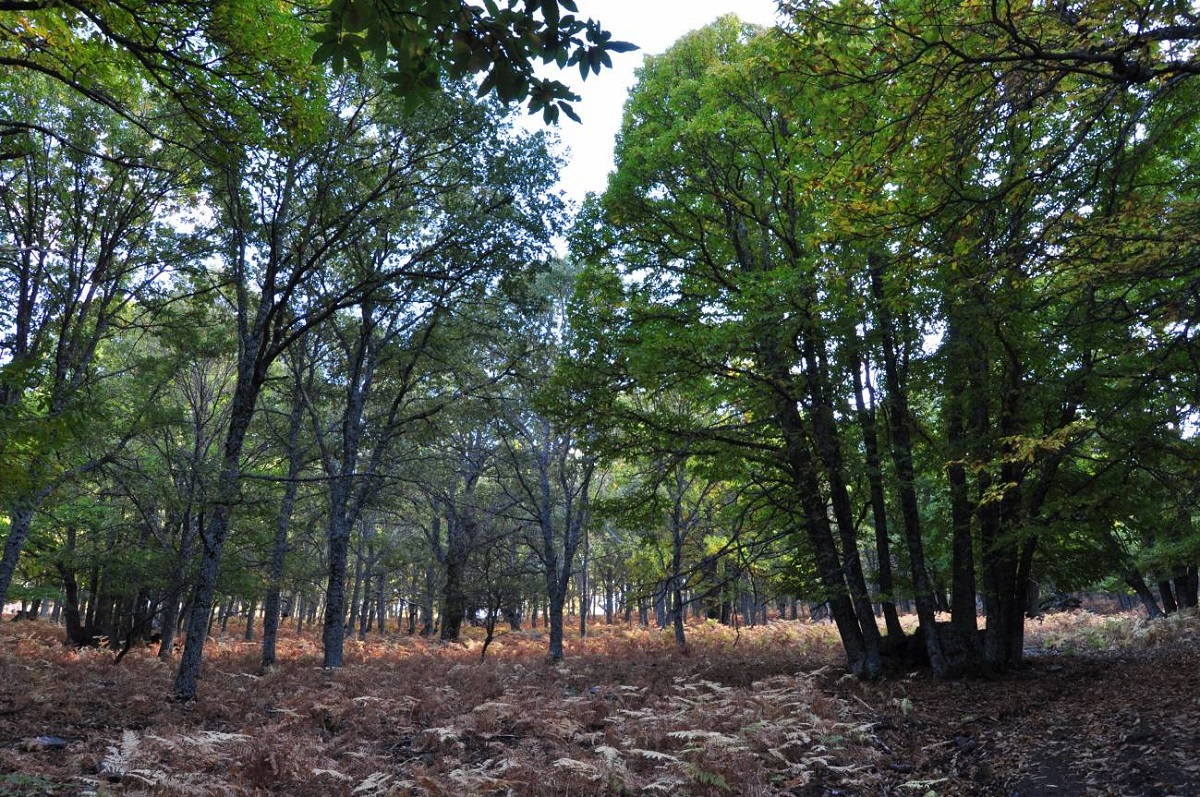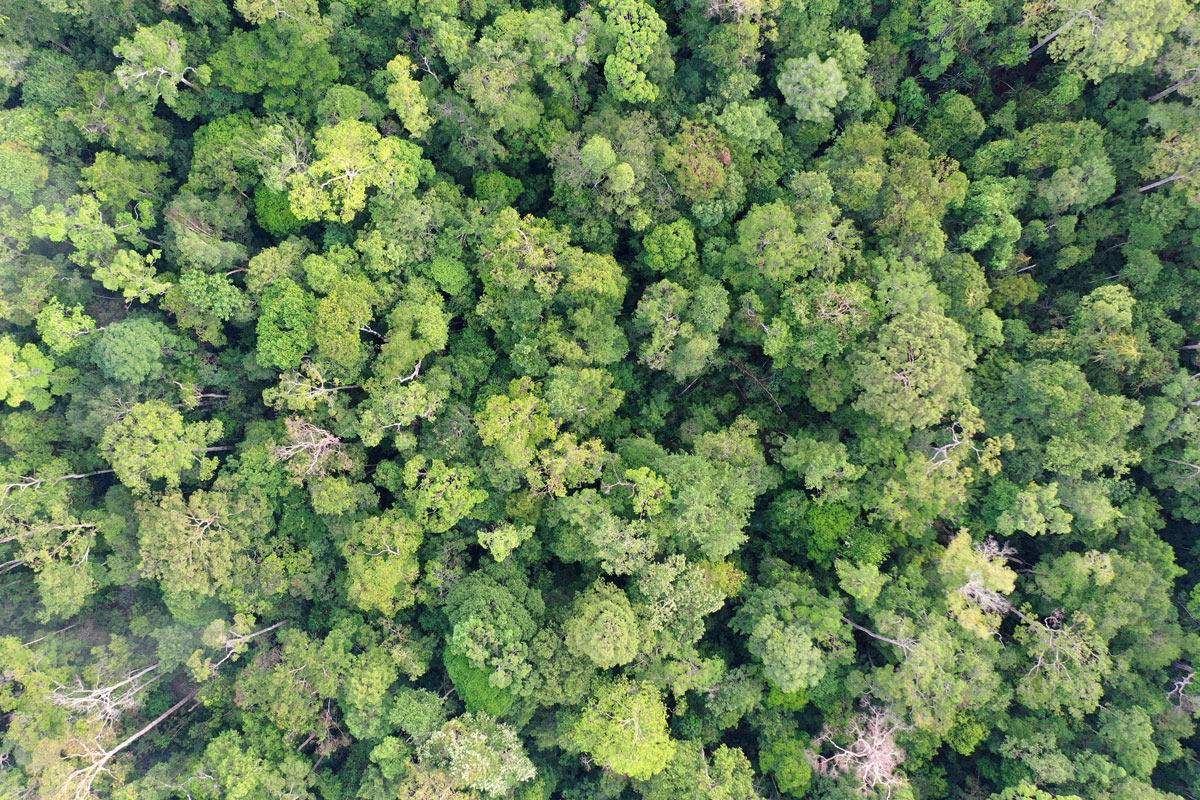
When we talk about the different forest types we have to refer to the biomes that are spread all over the planet. These biomes contain a set of ecosystems that can be of different characteristics depending on the climate and geology of each one. In addition, each type of forest has various biotic elements, dedicating great biodiversity, as well as abiotic elements. In this way, we find different types of forests such as temperate, boreal, tropical, deciduous or evergreen forests, among others.
In this article we are going to tell you about the types of forests and their main characteristics.
Forest types and characteristics
The first thing is to know what a forest is. It is a terrestrial biome that houses a large number of ecosystems that has a spectacular biodiversity. In the forests we find a large number of trees, bushes and other types of vegetation. We also find many species of animals and others such as bacteria and fungi.
All living things make up the biotic elements in forests and geology are abiotic aspects and elements. Depending on the type of forest we find a predominance of one or the other. We do not find the same biodiversity in a boreal forest as in a tropical forest.
The classification of forests is quite complex in that there are numerous variables to be able to differentiate them. One of the main criteria used to differentiate forest types is climate and latitude. Forests are differentiated according to their climate, latitude, foliage, gestation, human intervention and their impact and the intervention that exists in them. Let's analyze the different types.
Forest types according to latitude climate
Boreal forest
We have these types of forests also known by the name of taiga. These are those forests found in the northern part of the planet and are colder wooded areas. Its temperatures range from a maximum of 20 degrees to a minimum of -60 degrees in winter. They are extensive regions that occupy part of the various countries among which we find Alaska, Sweden, Norway, Canada, Finland and Russia.
In the predominant vegetation of the taiga forest we find pine and fir trees and animals such as reindeer, elk, brown bears. wolverines, eagle owl, osprey and boreal lynx, among others.
Temperate forest
They are those forests that vary according to the climate of the latitude in which we find ourselves. They are more frequent in temperate climates and are forested regions that are between the hemispheres, although it is more abundant in the northern part. They are regions with moderate temperatures in which there is abundant rainfall and animals that have the ability to hibernate. Other animals my great to warmer areas for the breeding season. The soil is quite rich and fertile thanks to the fact that it has a fairly dense vegetation cover and rich levels of humidity. These environmental conditions favor the development of humus as an organic fertilizer.
Subtropical forests
These forests They are somewhat warmer with an average temperature of 22 and are close to the tropical zone. The vegetation is usually much larger and with broad leaves. It stands out for its high rainfall and with very marked seasons of the year. Here there are pine forests, deciduous, subtropical jungle and subtropical dry forests.
Tropical forest

It is with forest that is found in the tropical zone of the hemispheres. It is one of the hottest and rainiest due to its high temperature. The average temperature is around 27 degrees. There are different types of forests according to the regions:
- Humid or rainy tropical forest. It is also known as a rainforest
- Dry tropical forest.
- Monsoon forest.
- Wetlands or flood forests
- Mangroves
Types of forests according to foliage
That one we find divided according to its leaves:
- Evergreen forest: They are those that have evergreen leaves. These leaves are kept throughout the year.
- Deciduous forest: It is a deciduous forest and means that they fall at some times of the year and sprout again at others.
According to the vegetation

Apart from the leaves, it is also classified depending on the trees found in these forests:
- Coniferous forests: they are those that are mainly in the fall zone and stand out for having very cold temperatures. The main coniferous trees are pines and firs. They are so called because they grow cone-shaped.
- Lush forests: they are known as hardwood forests for being very abundant and dense plants. Some of these forests are jungles and the trees in them have very wide leaves. In these forests we can also classify according to the climate into humidity jungle, dry forest, montane forest, montane forest and nimbosilva.
- Mixed forest: It is a type of terrestrial biome in which the two previous types are combined. It has a vegetation typical of coniferous forests and hardwood forests.
According to the degree of intervention
There are terrestrial biomes according to the degree of intervention by humans or not:
- Primary forests: They are those that have not had human intervention and are totally natural. They tend to belong to the group of natural spaces protected to conserve biodiversity.
- Anthropogenic forests: they are those that have had various impacts, it may be human and they are artificial or retain some natural elements.
According to the degree of impact by the human being
According to the damage caused by humans, we find the following forests:
- Primary forests: they are those completely natural from which the human being has intervened. Here the conservation of biodiversity is not relevant, since it is at its peak.
- Secondary forests: They are those in which the human being has intervened to be at these natural resources. Later they have been reforested.
- Artificial forests: are those that have been directly created in their entirety by the human being. This means that it has some natural elements but they have been placed by man expressly for it. This is where forestry works.
I hope that with this information you can learn more about the types of forests, all their characteristics and importance.
